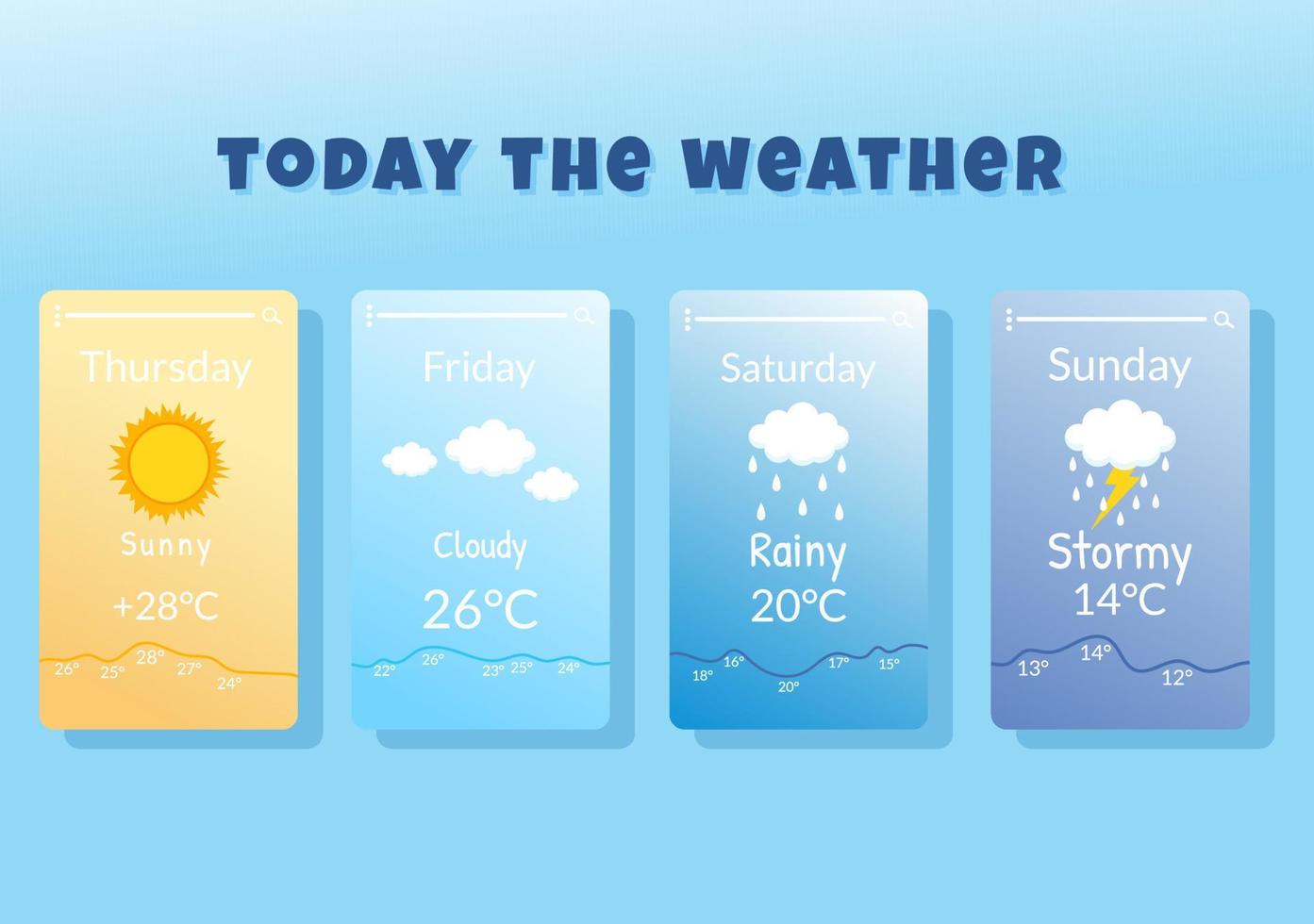
Weather conditions can transform a perfectly planned race into chaos within minutes, forcing teams to make split-second decisions that determine victory or defeat. Rain, temperature changes, and wind don’t just affect how fast cars can go – they completely reshape every aspect of racing strategy, from tire selection to pit stop timing. This dynamic interaction between nature and machinery requires a level of adaptability and foresight that sets the most successful teams and drivers apart.
Racing teams must constantly adapt their strategies based on weather forecasts and real-time conditions, as weather impacts racing dynamics more than any other single factor in motorsports. A sunny morning can quickly turn into a wet afternoon, making the difference between using slick tires or switching to intermediates. It’s a high-stakes game of prediction and reaction, where every shift in the atmosphere demands an immediate, calculated response from everyone involved.
The most successful drivers and teams understand that weather creates opportunities as much as it creates challenges. They leverage advanced forecasting techniques to stay ahead of changing conditions, but even the best technology can’t predict every sudden downpour or temperature shift that changes everything in an instant. This article will explore the meticulous preparations and adaptive strategies that top racing drivers employ to conquer the unpredictable forces of nature.
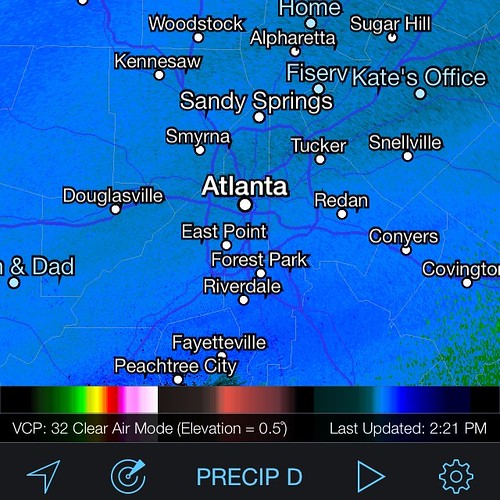
1. **Becoming an Amateur Meteorologist: Advanced Weather Tracking**The first thing any seasoned racer does when rain looms is to embrace their inner meteorologist. Modern technology has significantly raised the bar for weather prediction, with apps like Dark Sky and RadarScope providing exceptional precision. These tools can tell a driver with excellent accuracy what precipitation is coming, allowing for crucial proactive planning that was once impossible.
Beyond just knowing if it will rain, the most important question is “How wet is it going to be?” This critical piece of information then informs a cascade of other factors. Drivers need to understand whether the track will get wetter or drier throughout a session, what level of grip the car will have, and, ultimately, how far they will need to chase that grip with a specific wet setup. This initial assessment forms the bedrock of all subsequent decisions.
Integrating detailed weather models into race planning is now standard practice. Teams use these advanced models to prepare multiple race strategies, creating contingency plans for dry, wet, and mixed conditions well before each race weekend. This proactive approach ensures that every possible scenario has been considered, allowing for faster and more informed reactions when conditions change.
Real-time weather monitoring is equally vital during races. Engineers constantly track radar data, temperature readings, and humidity levels every few minutes. This continuous stream of information, combined with pre-race simulations, helps teams anticipate weather changes and adjust strategies on the fly. The ability to forecast precipitation hourly and predict track temperatures is a significant advantage.
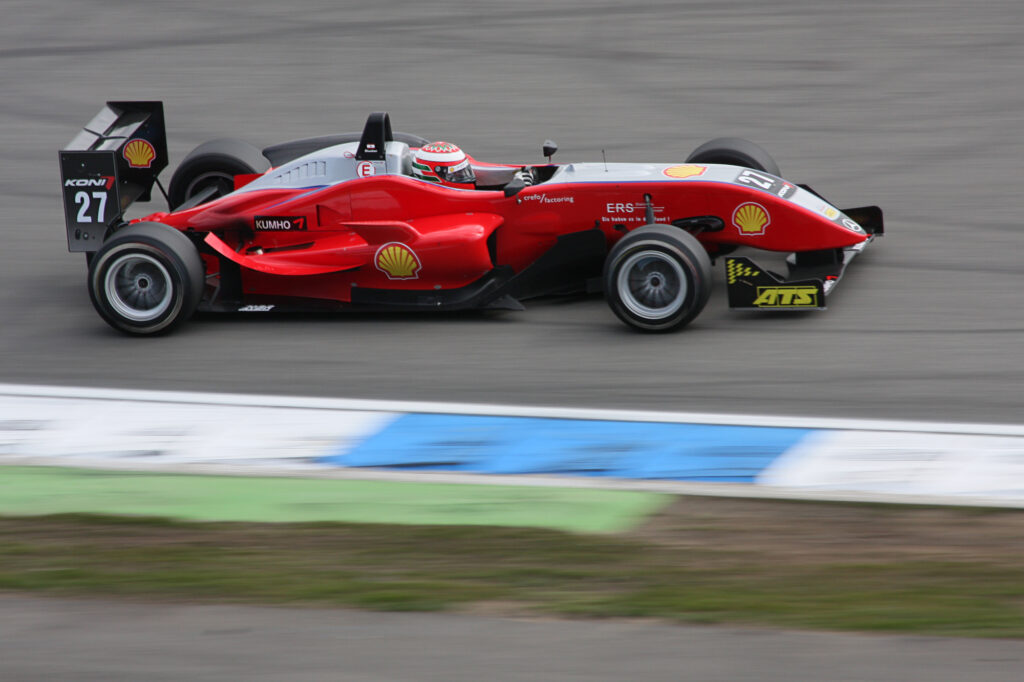
2. **Proactive Setup Adjustments: Optimizing for Forecasted Rain**When rain is a strong possibility, top drivers and their teams don’t wait for the first drop to fall. They typically have a full-dry setup, designed to optimize speed on a perfect track, and a full-wet setup, engineered to maximize grip and minimize the risk of spinning. The nuanced conditions in between are then covered by a compromise of these settings, requiring careful evaluation of the weather’s likelihood and the need for adjustment.
Working smarter and drier, not harder or wetter, is a guiding principle. Drivers often start with the fastest and easiest modifications, such as shock settings if they have good adjustable dampers, and wing adjustments. These are changes that can be made without the inconvenience of crawling under the car on wet pavement, saving valuable time and effort in potentially adverse conditions.
More involved adjustments, like those to the sway bar and especially the springs, are typically reserved for days when the forecast clearly indicates nothing but pouring rain. Changing springs is a significant undertaking, requiring substantial work and time to reverse if the weather shifts unexpectedly. Therefore, prioritizing quicker, less invasive adjustments first is a common and highly effective strategy.
Another clever pre-emptive move involves tire management. If rain is expected before even getting to the track—whether arriving for the day or planning for the next—drivers will often put on their rain tires. As one experienced driver noted, they “would rather start [their] morning changing rain tires to drys in the sun than getting soaked while switching to rains.” This highlights a practical, risk-averse approach to managing the elements.
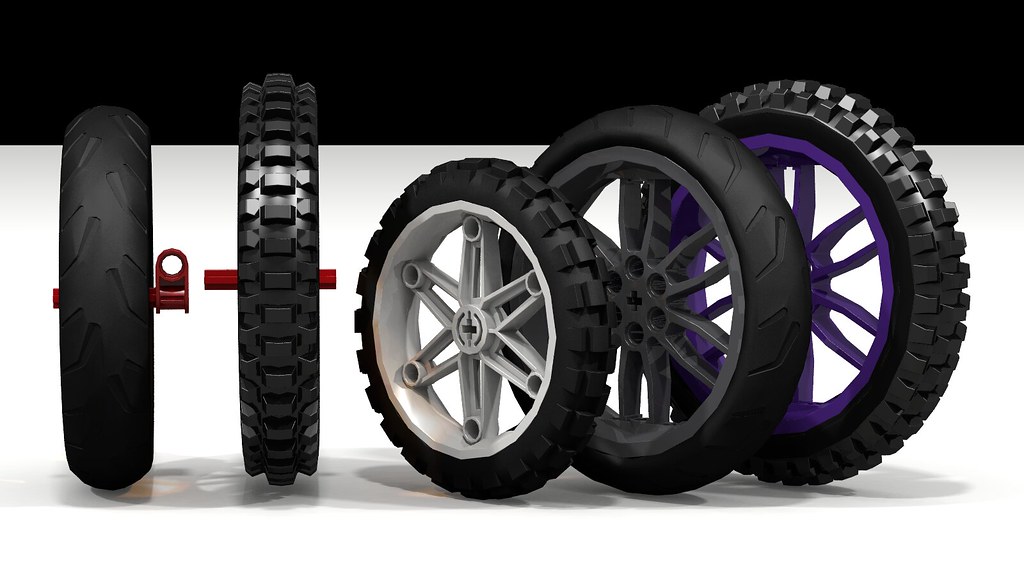
3. **Strategic Tire Decisions: When to Commit to Wets**The decision of when to switch from dry to wet tires is one of the most critical and often contentious choices in racing. There’s a common tendency to put on rain tires at the mere hint of a sprinkle, perhaps because the opportunity to use them isn’t frequent. However, experienced drivers emphasize the importance of preparedness, such as having the car on stands or even rains on one side and drys on the other to halve swap time, but caution against stressing over the decision. It’s about making a calculated choice and sticking with it.
Several factors influence this crucial decision. On warmer or less humid days, cars can actually help dry the track. This means rain needs to be coming down at a more-than-minimal rate for a switch to wets to be beneficial. Conversely, if it’s 40 degrees and humid, the track might not dry all day, even with no rain, making wet tires a more obvious choice for the long haul.
Dry tires are surprisingly effective in minimally wet conditions, especially if there isn’t enough water to channel, and they become much better if a dry line starts to form. Rather than rushing to use rain tires that might have been carried around for years and dry-rotted, drivers often give a strong nod to the drys, unless it is abundantly clear that the track will remain wet. This conservative approach acknowledges the superior performance of dry tires in marginal conditions.
F1 teams, for instance, utilize Pirelli’s range of tires, each serving specific weather conditions. Slick tires for completely dry surfaces maximize contact with the track, providing the highest grip. Intermediate tires handle damp or lightly wet tracks with shallow grooves for water channeling. Full wet-weather tires feature deep grooves to disperse large amounts of water and prevent hydroplaning in heavy rain, though they come with a trade-off of reduced grip as the track dries.

4. **The Comprehensive Wet-Weather Car Setup**Once the decision to go with a wet-weather setup is made, a series of specific adjustments are undertaken to maximize grip and control in reduced traction conditions. Tire pressures are optimized, but differently than in the dry. If a dry tire typically sees an 8 psi pressure rise, a wet tire might see around 5 psi due to lower grip and heat. Starting pressures are adjusted accordingly to account for this variation.
Shock control is a key area for adjustment, with a common strategy being to drop shock control more in the rear than the front. This particular balance is crucial for preventing the car from spinning, which is a significant risk in wet conditions. If separate compression and rebound controls are available, compression is often almost fully dropped, while some rebound is maintained to control the release of spring energy and keep the car settled.
For cars equipped with wings, adding some wing is a standard practice in the wet. This increases rear aero grip, which not only aids overall traction but also helps significantly in braking and in preventing the car from spinning. The enhanced stability provided by the additional downforce allows a driver to feel more comfortable going faster, even with the greatly reduced grip of a wet track.
When conditions are truly pouring and a more aggressive setup is needed, more fundamental changes are made. This might involve going full soft on the front anti-roll bar and disconnecting the rear bar entirely. This maximizes roll and weight transfer, crucial for finding grip when overall adhesion is drastically reduced. While changing springs can achieve similar results, it’s a time-consuming process usually reserved for obvious rain weekends or when a full crew is available, as quick shock adjustments can often yield comparable benefits in a fraction of the time.
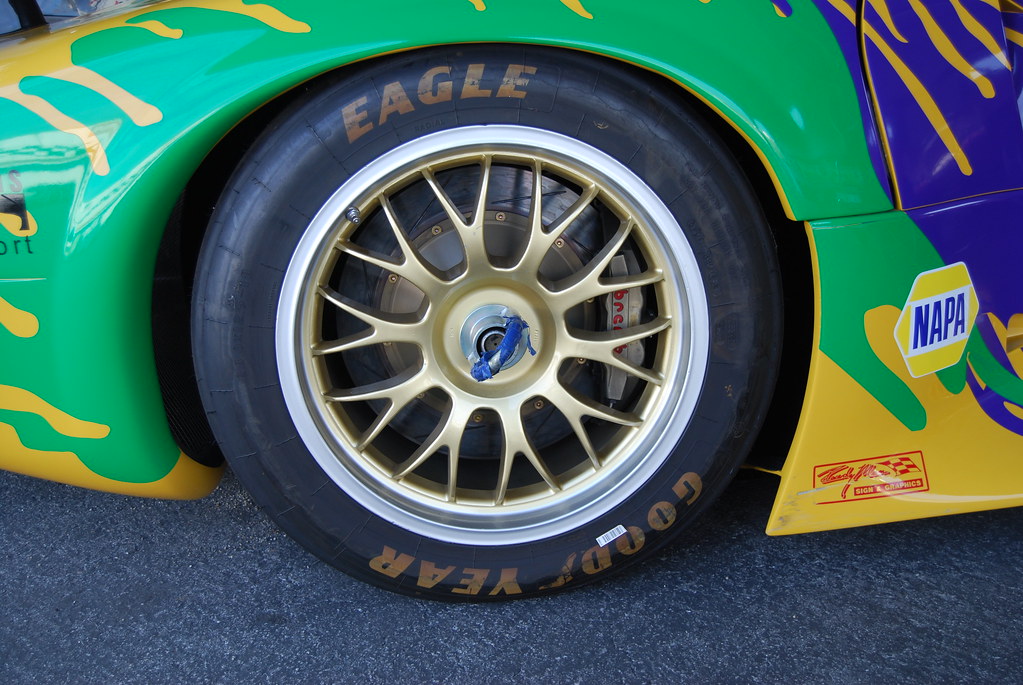
5. **Dispelling Tire Pressure Myths: The Road Course Reality**The notion of simply lowering tire pressure to add grip is a technique often associated with autocross, where slower speeds and a specific type of course might lend themselves to this approach. However, at the higher speeds and increased loads encountered on a road course, this strategy becomes counterproductive. Road course conditions demand more support via air pressure to maintain tire integrity and performance.
Whether it’s a wet or dry DOT tire, for a car’s weight, the optimum pressure typically falls within a specific range, often between 34 to 42 psi. Deviating significantly below this range in search of more grip for high-speed road course racing results in an underinflated tire, which can introduce a host of its own problems, including poor handling, increased tire wear, and a reduction in overall safety.
It’s a common misconception that pumping up a tire in rain conditions will “decrease contact patch and increase pressure on the existing patch” to improve grip. This is not a real phenomenon. Similarly, drastically dropping tire pressure in pursuit of grip on a road course is a myth that can lead to detrimental outcomes. The fundamental principles of tire dynamics change with speed and load, making autocross tricks unsuitable for higher performance racing.
Teams constantly monitor tire pressure and temperature, as these factors directly affect grip and performance across all weather conditions. Cold weather reduces tire pressure, while hot conditions increase it, necessitating adjustments during pit stops. Maintaining optimal pressure is about finding the sweet spot where the tire can support the car’s load, generate heat effectively, and provide consistent grip without being under or over-inflated.
Read more about: Stop Falling for These 19 Car Myths: Essential Facts for Drivers
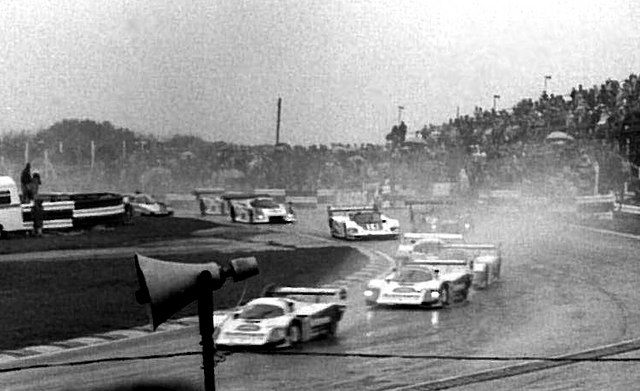
6. **Mastering Rain Driving Techniques: The “Point and Shoot” Approach**While “point and shoot” often describes a poorly developed driving style or one suited for a poorly set-up car, it becomes the perfect technique for rain driving. The essence of this approach is to slow the car down significantly before the corner, turn it decisively, and then get on the gas out of the corner as quickly and smoothly as possible. This minimizes the time spent in the precarious, low-grip mid-turn phase.
Rain inherently minimizes grip, meaning that staying in turns longer incurs a much larger penalty. By minimizing the “agonizing period of time spent in that mid-turn, no-grip situation” and maximizing time traveling in a straight line, drivers can actually go faster. The objective is to get the car pointed in the direction of travel as soon as possible, allowing for controlled acceleration on a straight path where grip is relatively more consistent.
Beyond this fundamental technique, successful rain driving involves a keen awareness of track conditions. This includes knowing precisely where the grip is on a specific track, which often deviates from the dry line. Drivers actively avoid oiled or polished areas of the surface, as well as slick paint, curbs, and puddles, all of which become treacherous in wet conditions. The standard racing line often becomes the most dangerous path.
In general, the imperative in rain is to maximize straights more than ever and minimize risk. The ultimate goal is simple: “Don’t spin the car.” A spin can cost anywhere from 10 to 20 seconds, or even lead to a crash, making conservative, precise driving a winning strategy in the wet. Reduced visibility also forces drivers to increase following distances and rely more on smooth inputs, avoiding any sudden movements that could induce a loss of control.”
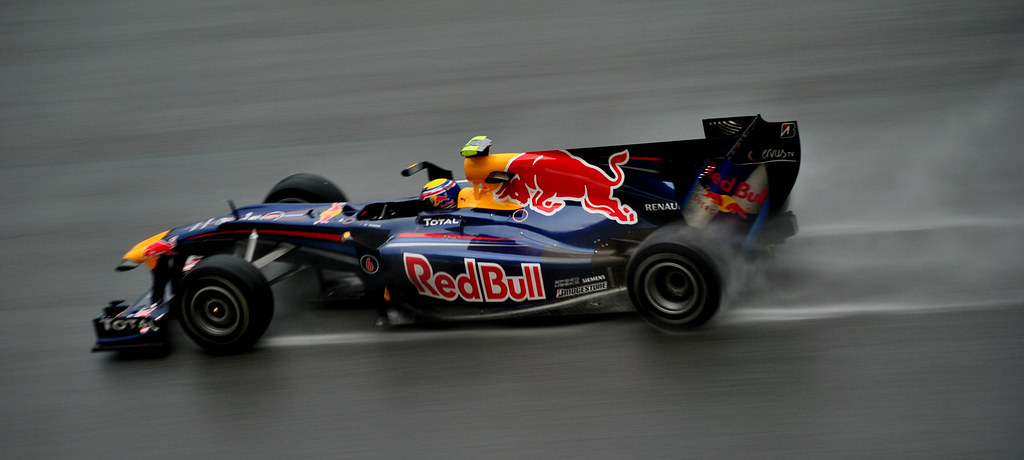
7. **Optimizing Anti-Roll Bars for Wet-Weather Compliance**While general wet-weather setups include numerous adjustments, the fine-tuning of anti-roll bars stands as a distinct, advanced strategy for achieving optimal compliance in low-grip conditions. This particular adjustment aims to manage weight transfer and body roll, ensuring the car remains stable and predictable on a slick surface. It’s about finding that delicate balance where the car can respond to driver input without losing adhesion.
Experienced drivers, when facing truly pouring conditions, often describe a strategy involving going full soft on the front anti-roll bar and entirely disconnecting the rear bar. This aggressive approach is designed to maximize roll and weight transfer, which becomes absolutely crucial when the overall grip is drastically reduced. The goal is to allow the car to flex and lean into the corners, helping the tires maintain contact and find whatever grip is available.
This specific anti-roll bar configuration—softening the front and eliminating the rear—softens roll, but with a more pronounced effect on the rear. As one seasoned driver noted, this is their standard approach, making larger changes to the rear than the front. The objective is to create a car that exhibits more understeer rather than oversteer, thereby preventing unwanted spins, which are a major time and race position killer in the rain. This setup, in turn, can foster the ‘point and shoot’ driving style often seen in successful rain races.
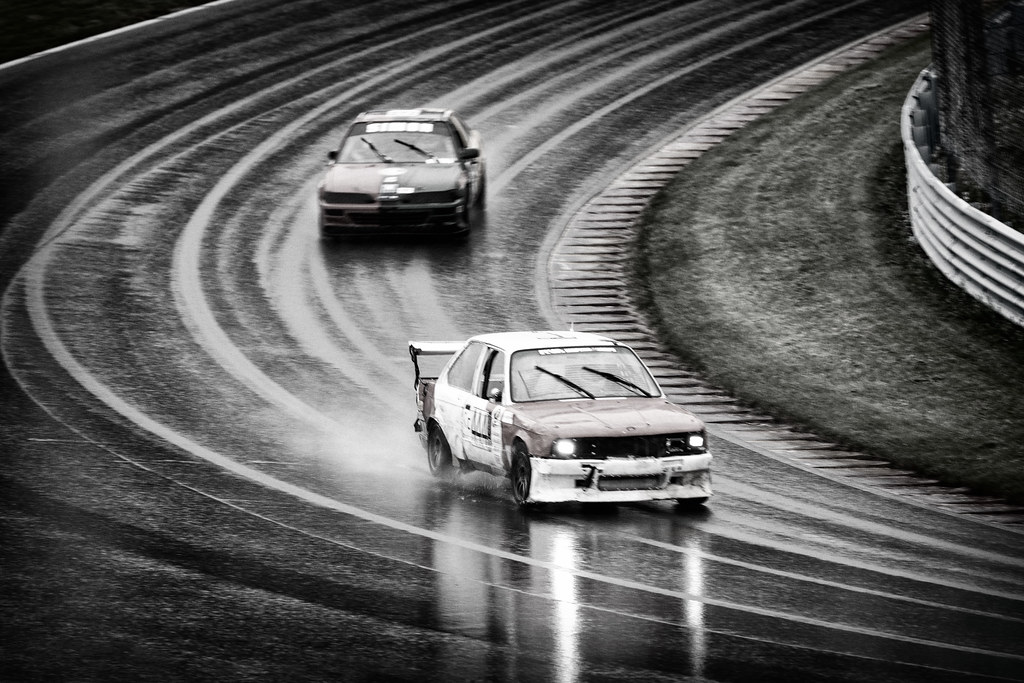
8. **The “Hail Mary” Emergency Rain Plan**Even with meticulous preparation, sometimes racers find themselves caught off guard by a sudden downpour without having tested specific wet setups. In such a high-stakes scenario, a rapid, almost instinctive “Hail Mary” plan of attack is essential to salvage the race. This plan involves quick, impactful adjustments designed to provide immediate wet-weather stability and control, prioritizing survival and minimal time loss.
The core of this emergency strategy focuses on immediate shock and wing adjustments. The recommended approach is to set the front compression to zero, and then take out the same number of clicks plus one or two more in the rear. For rebound control, a few clicks should be taken out from the front, with one or two additional clicks removed from the rear. These adjustments aim to soften the suspension quickly, allowing the tires to better conform to the irregular and slippery track surface.
Beyond shock adjustments, adding some wing is a quick and effective way to increase rear aero grip. This extra downforce not only aids overall traction but is particularly beneficial in braking and preventing the car from spinning in wet conditions. The combination of softer suspension and increased downforce provides a fighting chance for the driver to feel more comfortable going faster, even with significantly reduced grip. The ultimate directive remains: “Don’t spin the car!”
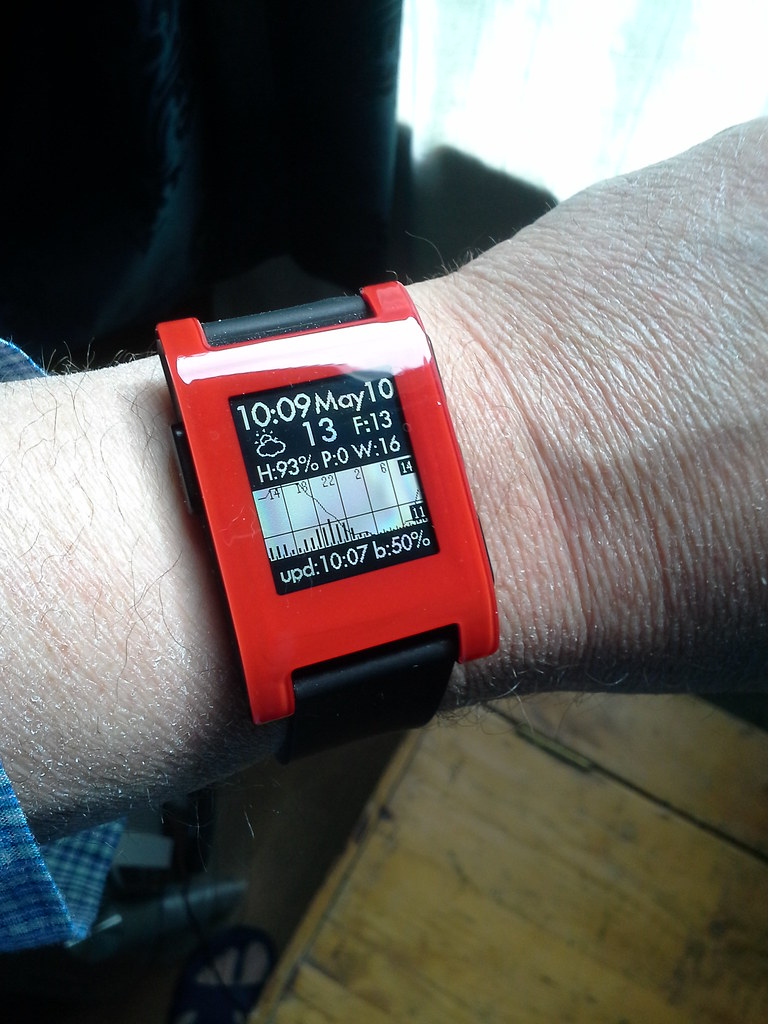
9. **Integrating Advanced Weather Forecasts into Race Planning**While advanced weather tracking provides raw data, integrating these forecasts into the comprehensive race planning process is where teams truly leverage meteorological insights for strategic advantage. This goes beyond simply knowing if it will rain; it involves utilizing sophisticated models to develop multi-faceted race strategies for every conceivable condition, long before a wheel even turns on the track.
Teams meticulously use advanced weather models to prepare multiple race strategies, crafting detailed contingency plans for dry, wet, and mixed conditions well in advance of each race weekend. This proactive approach ensures that every potential scenario has been thoroughly considered, allowing for swift and well-informed reactions when track conditions inevitably shift. It’s a strategic chess match played against nature, with the forecast as the most crucial piece of intelligence.
Real-time weather monitoring is equally paramount during live race sessions. Engineers are constantly tracking radar data, precise temperature readings, and humidity levels, often refreshing this information every few minutes. This continuous stream of live data, when combined with pre-race simulations, empowers teams to accurately anticipate subtle weather changes and fine-tune their strategies on the fly, maintaining a proactive stance throughout the event.
Crucial weather planning elements include hourly precipitation forecasts, precise track temperature predictions, detailed wind speed and direction data, and reports on humidity and visibility. These granular details are relayed to drivers via constant radio communication, enabling immediate strategy adjustments. The ability to accurately predict the timing of weather changes is often the decisive factor in determining race winners, with early tire changes based on astute forecasts frequently yielding significant advantages.
Read more about: Ryan Reynolds and Rob McElhenney’s $3 Billion Wrexham Stadium: A Game-Changing Vision for Football’s Future
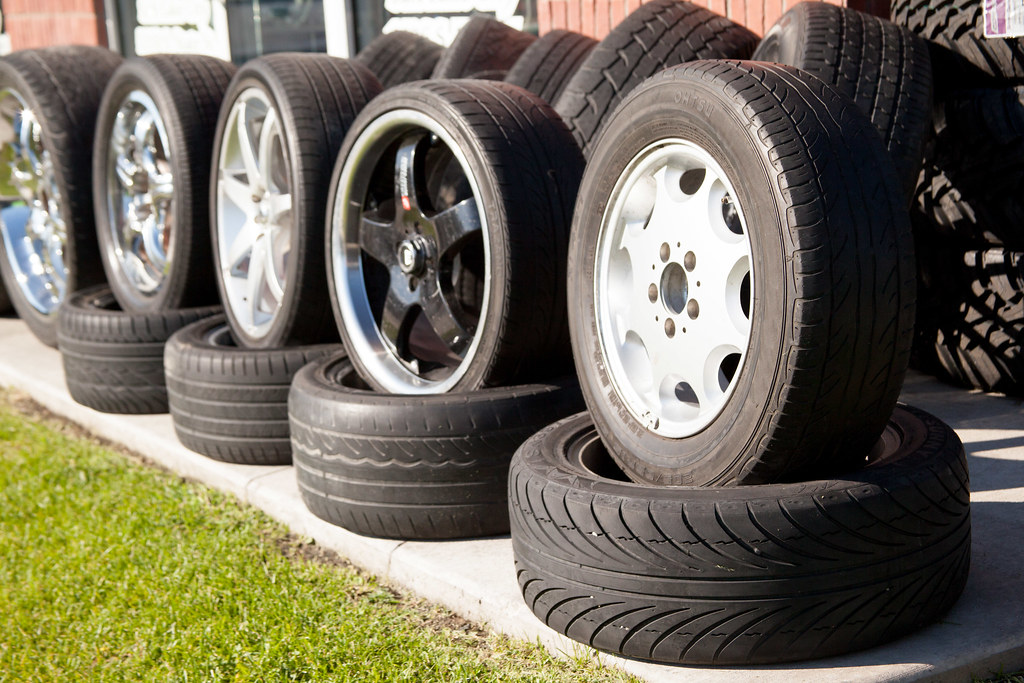
10. **Evolving Tire Strategy and Selection for Dynamic Weather**Beyond the initial decision to switch to wet tires, modern racing demands an evolving tire strategy that adapts continuously to the dynamic interplay of weather conditions, track state, and tire performance. Teams must make split-second decisions about tire compounds and pressures as the race unfolds, understanding that these choices can profoundly influence the outcome of an event.
Formula 1 teams, for instance, utilize Pirelli’s comprehensive range of tires, each engineered for specific weather conditions. Slick tires, devoid of tread, are designed for maximum contact and grip on perfectly dry surfaces. Intermediate tires feature shallow grooves, ideal for damp or lightly wet tracks by channeling small amounts of water. For heavy rain, full wet-weather tires come with deep grooves to disperse significant amounts of water and combat hydroplaning, though they inherently offer reduced grip as the track dries.
Adapting tire pressure and managing temperature are critical components of this evolving strategy. Tire pressure naturally changes with ambient conditions; cold weather decreases it, while hot conditions cause it to rise, necessitating real-time adjustments during pit stops. Lower temperatures make it difficult to bring tires to their optimal operating range, leading drivers to weave or brake harder to generate heat. Conversely, hot weather can cause rapid overheating, necessitating slight pressure increases or a move to harder compounds.
Tire degradation rates are dramatically impacted by weather. Hot, dry conditions accelerate wear, especially on softer compounds, often demanding more frequent pit stops. Cool conditions slow degradation but can hinder tires from reaching optimal temperatures, leading to suboptimal grip. The most extreme degradation occurs during the transition from wet to dry, as intermediate tires overheat rapidly on an increasingly dry surface, highlighting the critical importance of timing tire changes.
Race strategy hinges on perfectly timing tire changes with weather transitions. Early switches can provide a crucial advantage if the weather changes rapidly, but carry the risk of premature degradation if conditions stabilize. Conversely, late switches preserve track position but can lead to significant time losses if grip deteriorates suddenly. Mixed conditions present the most complex scenarios, forcing teams to balance radar data, track temperatures, driver feedback, and competitor strategies to make strategic tire choices that often determine race results, as famously exemplified by Lewis Hamilton’s late intermediate switch at the 2021 Russian Grand Prix.
Read more about: Beyond the Hype: The 10 Most Dependable Hatchbacks That Will Outlast Your Expectations
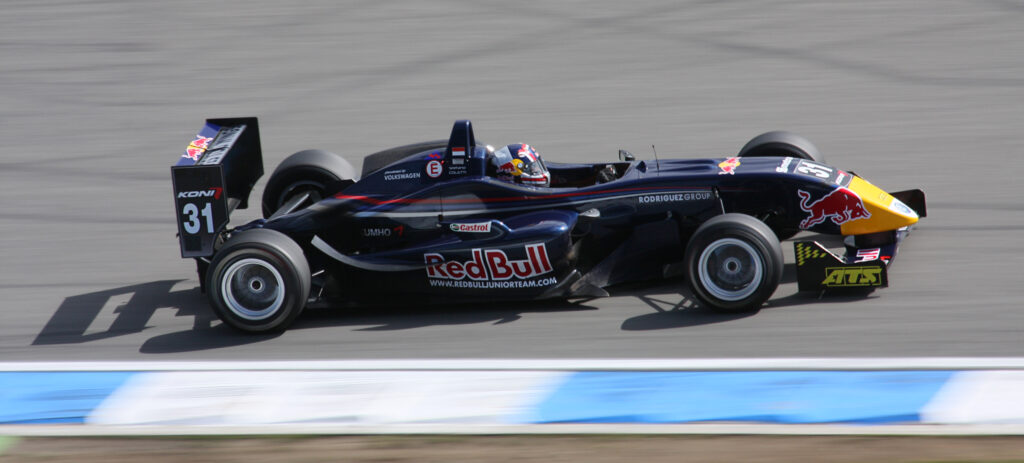
11. **Crucial Pit Stop Timing and Strategic Adjustments in Changing Conditions**In the high-stakes world of racing, weather conditions often dictate split-second decisions regarding pit stop timing, turning a routine procedure into a pivotal strategic gamble. Teams must master the art of balancing tire performance with rapidly changing track conditions and capitalizing on unexpected safety car periods, understanding that these choices can entirely reshape a race.
Weather’s impact on pit stop scheduling is profound. Teams utilize advanced weather forecasts to meticulously plan their pit stop windows well before a race begins. For example, light rain approaching in 15 minutes demands a different timing strategy than a heavy storm expected in an hour. During a dry-to-wet transition, teams may pit early for intermediates, or even multiple times as conditions worsen. Conversely, rising track temperatures can increase tire wear, necessitating more frequent pit stops to prevent performance degradation.
Reacting effectively to sudden weather shifts is a true test of a team’s agility and decision-making prowess. Rain cells can materialize within minutes, relying on spotters positioned around the track to relay precipitation levels to race engineers. Swift strategy adjustments are essential when weather surprises everyone; drivers provide real-time grip feedback, informing engineers’ critical decisions on pit timing. Key decision factors include current tire condition, track position, and the intensity and duration of the weather change, with some teams opting for high-risk gambles by staying out longer on the “wrong” tires, hoping for another quick weather shift.
Weather-related incidents frequently trigger safety car periods, which paradoxically create invaluable pit opportunities. Safety cars effectively bunch up the field and drastically reduce the usual time penalty associated with a pit stop, allowing teams to make “cheap” stops with minimal loss of track position. Teams also monitor competitor strategies during these periods, calculating optimal timing based on factors like drivers who have already pitted, tire compound availability, and fuel levels. Weather-induced safety periods often completely reshuffle the race order, rewarding teams that best read the conditions and execute perfectly timed stops.
Read more about: Guard Your Golden Years: 14 Unexpected Expenses That Could Derail Your Retirement Budget
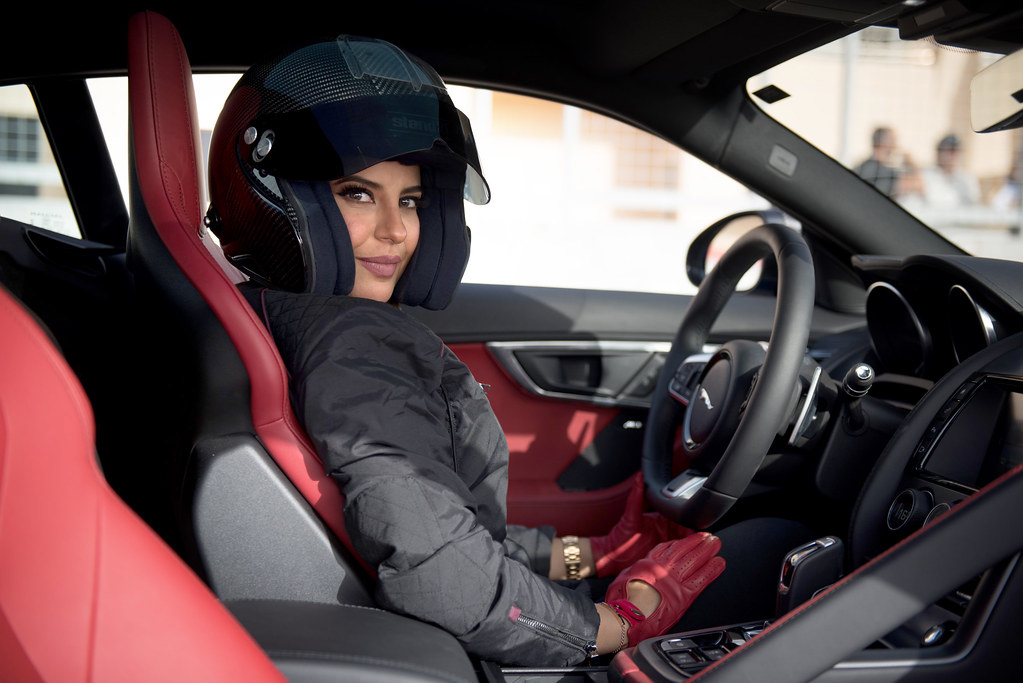
12. **Mitigating Temperature Impacts on Performance and Setup**Temperature, often overlooked in favor of precipitation, plays an equally fundamental role in influencing race dynamics, directly affecting tire grip, engine performance, and even aerodynamic efficiency. Top racing teams must meticulously adapt car setups and tire strategies to mitigate the wide-ranging impacts of temperature swings between practice sessions and race day.
Hot track conditions pose distinct challenges compared to cold weather racing. In the heat, tire compounds soften, providing more initial grip but also accelerating degradation and increasing the risk of overheating. Engines run hotter, potentially losing power due to heat soak, and brake systems become more prone to overheating. Conversely, cold conditions make it harder for tires to reach their optimal working temperature, impacting grip, while engines can actually produce more power in denser, cooler air. Teams constantly monitor ambient and track temperatures, utilizing real-time data from weather stations around the circuit.
Managing tire wear and heat is crucial, as degradation accelerates significantly in hot conditions, especially for softer compounds. Strategies include adjusting tire pressures to prevent overheating, opting for harder compounds, and modifying driving styles to reduce tire stress and plan pit stops around peak temperatures. Tire temperature directly impacts grip; too hot and the rubber becomes “greasy,” too cold and grip disappears entirely. Teams use infrared guns to check tire temperatures, with critical operating ranges typically between 80-120°C depending on the compound, and drivers adapt their inputs to maintain optimal heat.
Race engineers make precise car setup adjustments to optimize performance across varying temperature conditions. In hot weather, less downforce may be used to reduce drag, and brake ducts are opened wider for cooling. For cold weather, softer suspension springs help generate tire heat, and cooling openings might be reduced. Gear ratios are adjusted for power differences, and fuel mapping changes with air density. Teams practice these setup changes during free practice sessions, ensuring they can react swiftly to unexpected temperature shifts on race day, highlighting the nuanced engineering required to master all environmental variables.
**The Relentless Pursuit of Mastery: Conquering Nature’s Fury**
Read more about: Wirecutter’s Top 10 Affordable Air Fryers Under 1000 Watts for Smart Cooks
From the meticulous tracking of microclimates to the split-second decisions on tire compounds and the subtle adjustments to suspension, the world of top-tier racing is a relentless ballet of prediction and reaction against the unpredictable forces of nature. The strategies employed by these elite drivers and their teams are a testament to human ingenuity and the unwavering pursuit of performance, even when the elements conspire to create chaos. It’s a high-octane lesson in preparedness, adaptability, and the sheer audacity to challenge the sky, proving that with enough foresight and skill, even the wildest weather can be tamed, or perhaps, leveraged for victory. The next time a race unfolds under a brooding sky, remember the invisible battles being fought in garages and cockpits, where every click of a damper and every glance at a radar screen is a step towards conquering nature’s fury.



